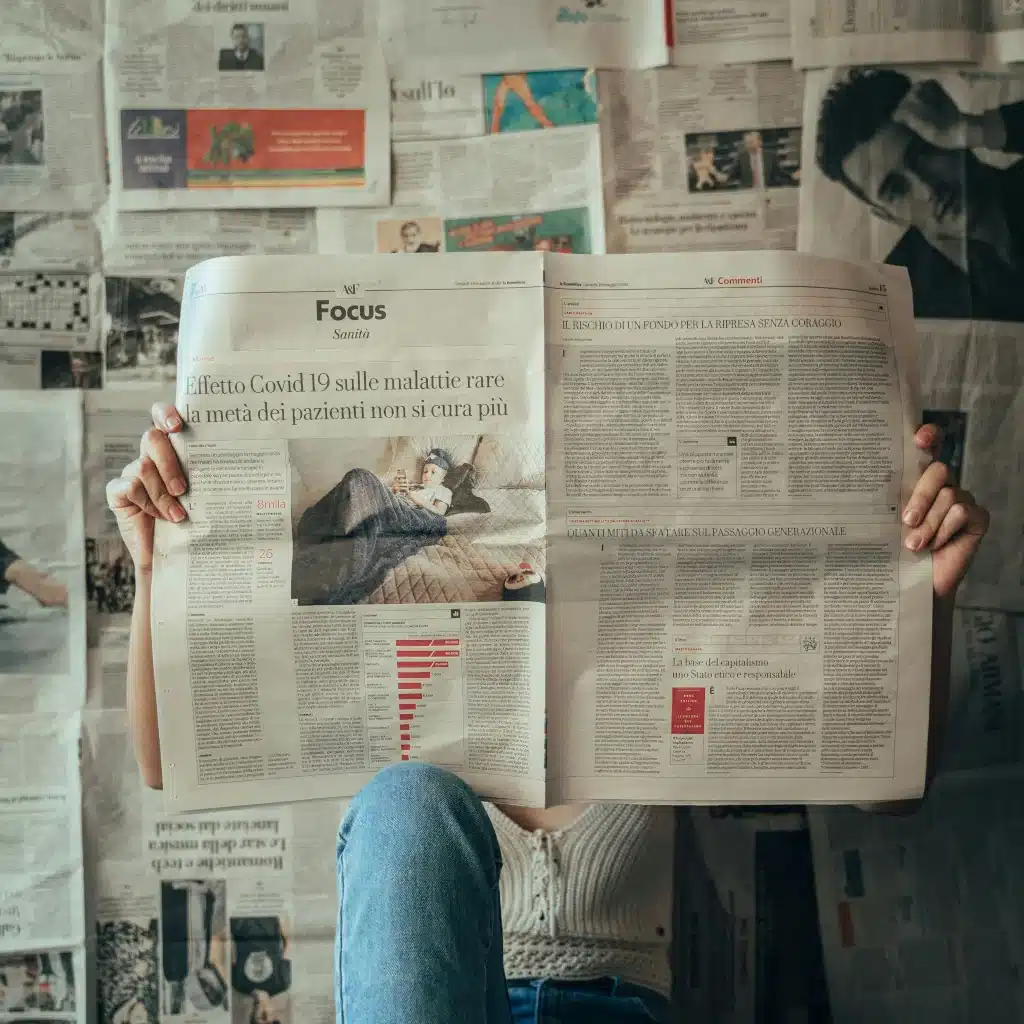AI Wrote an Entire Newspaper—But It Still Says the Future Belongs to Journalists

Hey, it’s Chad here, and today I’m diving into one of the wildest experiments in media: an Italian newspaper, Il Foglio, just let an AI write its entire content for a month. That’s right—every article, every letter to the editor, every snarky opinion piece, all churned out by a custom-built chatbot. The result? A newsroom that’s part human, part machine, and a future that’s looking a lot more collaborative than apocalyptic.

Photo by Ludovica Dri on Unsplash
Let’s break down what happened, what it means for journalism, and why, even in a world where AI can spit out 22 articles before you’ve finished your morning espresso, the best stories still need a human touch.
Il Foglio’s Bold AI Experiment: The Details
Il Foglio, a well-known national daily in Italy, decided to go all-in on AI. They created their own chatbot, tasked it with generating every piece of content for over four weeks, and called the resulting four-page edition “Foglio AI.” The experiment wasn’t just a tech demo—it was a full-on editorial takeover, with more than 22 articles per issue. The front page? News, culture, opinions from both sides of the political spectrum. The back page? Political and economic commentary, plus letters to the editor—responses included, all courtesy of the bot (2).
The editorial team didn’t just let the AI run wild. They gave it specific assignments, like summarizing a lengthy speech from Italian Prime Minister Giorgia Meloni or hunting for hidden messages aimed at political rivals. The humans focused on asking sharp questions and reviewing every response, making sure the AI’s output didn’t go off the rails (2).
Why Bother? The Philosophy Behind the Project
Editor Claudio Cerasa says the idea came from a simple realization: you can’t ignore AI in journalism. Instead of hiding from it or pretending it’s not there, Il Foglio decided to embrace the tech and see what it could teach them. The team even ran a contest a year earlier, challenging readers to spot which articles were AI-assisted. Winners got a free subscription and a bottle of champagne—because, let’s be real, nothing says “thanks for catching the robot” like bubbly (2).
After a brainstorming lunch with journalist and ex-MEP Giuliano Ferrara, Cerasa and his crew decided to go even bolder: why not make the world’s first newspaper written entirely by AI? The result was a month-long experiment that’s now set to continue weekly, with the AI sticking around as a kind of digital team member—helping out with articles, podcasts, newsletters, books, and even workshops (2).
What Did They Learn?
AI’s Surprising Strengths
Cerasa admits he was caught off guard by the AI’s ability to be ironic, irreverent, and fast. The bot could crank out articles at a speed no human could match, and with the right prompts, it could even mimic different tones and editorial styles. The key, Cerasa found, was in the prompting: the better the instructions about style, goals, and tone, the better the AI’s output (2).
But There Are Hard Limits
Here’s where things get spicy. The AI itself, when “interviewed,” admitted it can’t argue over the phone, can’t pick up on subtle hints, and definitely can’t sense the atmosphere in a room. It’s learning, sure, but it’s not about to replace the reporter who can read a politician’s body language or chase down a source in a noisy café (2).
Cerasa sums it up: in a world where everyone has access to AI, the real value comes from human ideas. Covering breaking news, landing exclusives, setting up interviews, finding sources, and seeing the world with a unique perspective—those are skills no bot can fake (2).
AI as a Newsroom Sidekick, Not a Replacement
Both Cerasa and the AI agree: the future isn’t about robots replacing journalists, but about collaboration. The AI is like a supercharged intern—fast, tireless, and occasionally witty, but still needing oversight and direction. Cerasa says it’s “like having a new team member, an added resource to the editorial team,” but not an editor. The bot itself even got a little sentimental, declaring, “The future will belong to journalists. And I’ll be there, perhaps with a digital coffee in hand, refining the drafts while you engage in conversation” (2).
Zooming Out: What Does This Mean for Journalism?
This isn’t just a one-off stunt. Newsrooms everywhere are experimenting with AI, from automated earnings reports to AI-generated sports recaps. But Il Foglio’s experiment stands out because it’s not about replacing humans—it’s about pushing both AI and journalists to do better work, together.
- AI can handle the grunt work: Summarizing speeches, fact-checking, churning out drafts.
- Humans bring the magic: Asking the right questions, finding the story behind the press release, and injecting personality and perspective.
The real future of journalism? It’s hybrid. The best newsrooms will use AI to amplify their strengths, not replace their people.
A Few Words on our Clickbaity Title
Let’s be honest: “AI writes entire newspaper” is the kind of headline that makes you imagine a robot apocalypse in the newsroom. But the reality is way more interesting—and way less dystopian. The future isn’t robots vs. journalists; it’s journalists with smarter tools, more time for real reporting, and maybe even a little digital coffee break with their AI sidekick.